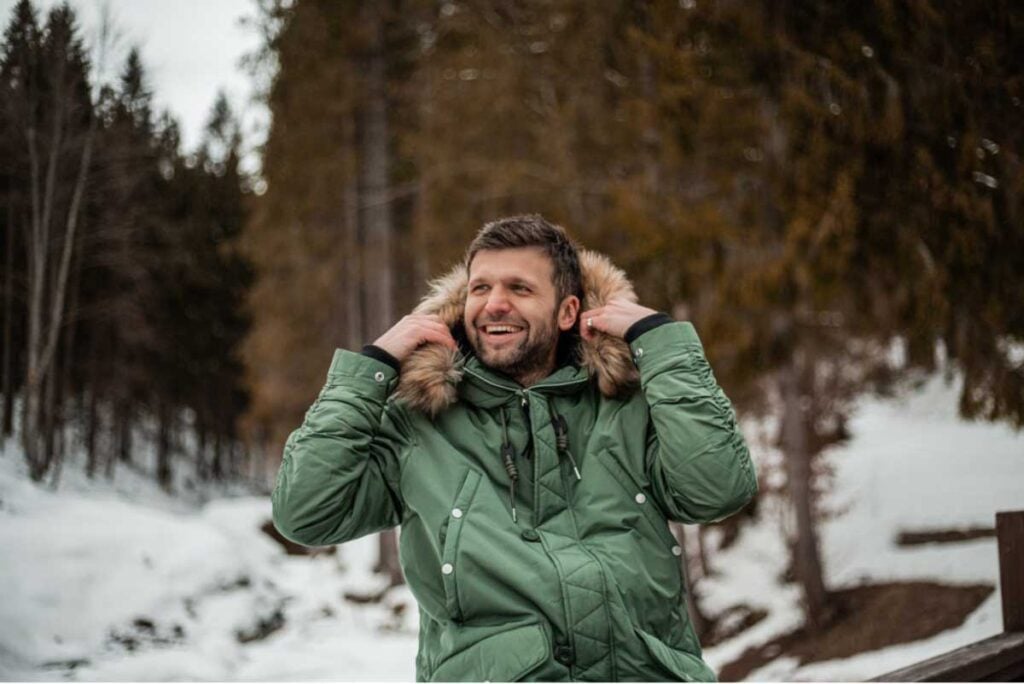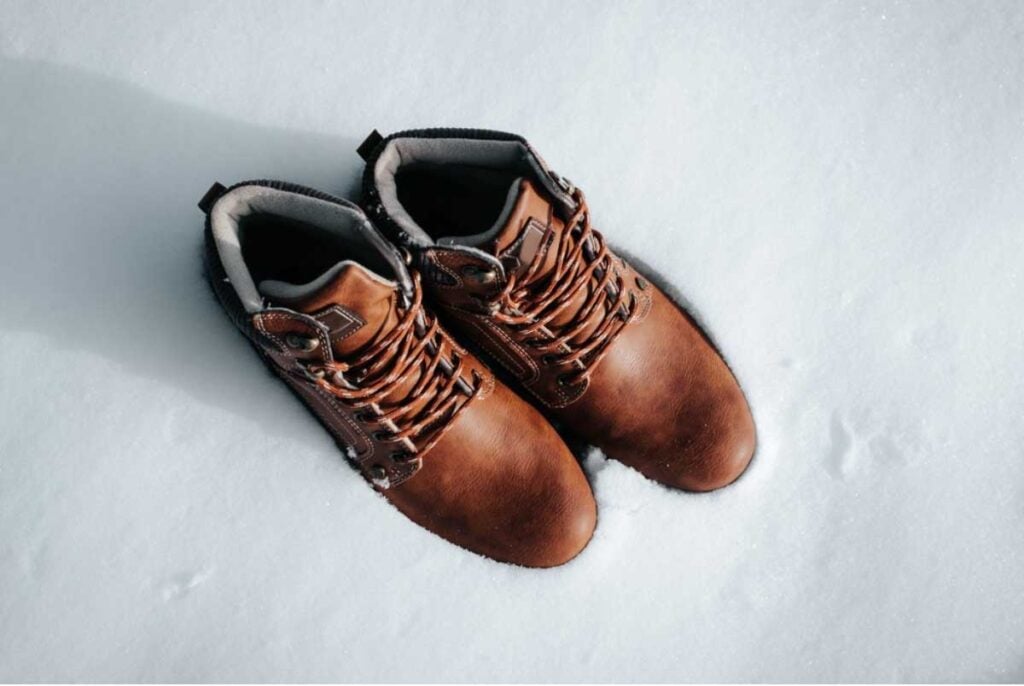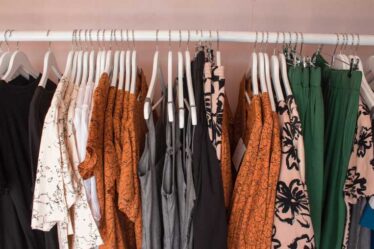
You can protect yourself from hypothermia, frozen toes and to-the-bone chills while still looking your best for any occasion. All it takes is combining some of the garments you already have, especially the long-sleeved henleys, turtlenecks and trench coats. Here are some tips to get you started.
1. The Importance of Layers

Layering is the art of balancing functionality and fashion. It involves putting on multiple lightweight garments on top of one another that enhance your overall look while still keeping you warm. It is a useful skill to master as it allows you to shed or add layers according to temperature changes. For instance, when it’s cold outside but warm inside, you can remove an outer layer and still look stylish.
Start With the Undergarments
The key to effective layering is to start with the right base. This involves choosing the right undergarments to create a foundation for all other layers while keeping you warm and dry. Look for breathable, moisture-wicking materials such as high-quality cotton, merino wool or synthetic blends to wear under your clothes. Consider items like men’s thermal crew necks, quality white tees, henleys or turtlenecks, as they will keep you warm and comfortable without adding too much bulk.
Add Warm, Neutral Layers
The middle wear is your opportunity to add texture to your outfit. In other words, you get to add warmth and visual interest to your outfit without sacrificing style. For this layer, go for a soft woolen sweater, a cardigan or a stylish men’s shacket in neutral colors like black, navy, gray or brown. These colors are versatile and can easily match any other outerwear you may have. However, don’t be afraid to experiment with patterns as long as they are subtle and not too overwhelming.
Find the Right Outerwear
The outermost layer is what everyone will see first, so it has to make a statement. But most importantly, it should protect against the harsh weather conditions. Look for a coat or jacket that is both functional and fashionable, such as a wool pea coat, a classic trench coat or a stylish parka.


Whatever you wear should fit you perfectly and provide enough room for your layers. You don’t want to ruin your entire look with ill-fitting outerwear. Also, don’t shy from adding a pop of color to your outfit through the outermost layer. It will make you stand out and add personality to your look.
2. Accessories Are Key
Accessories function to complete a look. You can also use them to express your individuality and sense of style. Add leather gloves and a wool scarf if you prefer a classic look. But if you want to add some edginess, opt for a trendy beanie or a printed scarf.
One mistake you need to watch out for when accessorizing is overdoing it. It ruins the elegance and sophistication of your outfit while making it look cluttered. Stick to one or two statement pieces and keep everything else simple.
3. Choosing the Right Pants
Your legs also need to be protected during cold weather. The bottom half deserves the same amount of attention you place on your top.
Your pants should complement your top in style, color and fabric. One great place to start is by contrasting your top and bottom garments. If you’re wearing neutral colors on the upper layers, consider going for something bolder, like a pair of red or green trousers. However, if you prefer a monochromatic look, go for pants in the same color family as your top wear. For instance, a burgundy coat with dark red or maroon pants would look great.
Next, if you are considering an outfit with checks and patterns, coordinate them carefully. For example, if you wear a plaid jacket, avoid pairing it with checked pants, as it creates visual chaos. Instead, opt for solid-colored bottoms that complement the colors in your top.
Lastly, consider the fabrics. Contrary to popular belief, a corduroy doesn’t go with everything. It looks great with tweed, flannel or wool blazers and jackets but not so much with other fabrics like denim or leather. Similarly, jeans are versatile and can be paired with almost anything, but they may not provide enough warmth during colder months. Consider investing in quality chinos or trousers from warmer materials like wool or fleece.
4. Footwear
Cold months are the boots-wearing season. Leather boots are always a great choice. They are stylish, timeless and can be worn with almost any outfit. Still, you need to know about different types to pick the best pair for your outfit.


Chelsea boots are great for a smart, formal or semi-formal look. You can wear them with a tailored two-piece suit or dress them down with jeans and a leather jacket. Be careful not to tuck your pants into the boots, however. This will stretch the boot, giving it a loose, sloppy appearance.
Ankle boots are an excellent option for casual outfits, especially during fall and early winter. When it is wet and cold out, opt for leather boots since they are water-resistant and keep your feet dry. Chukka and desert boots are great for a casual look and come in different materials, such as suede or leather.
For more rugged looks, work boots are the go-to option. They are durable and provide excellent protection against harsh weather conditions. You can pair them with jeans and a flannel shirt or dress them up with chinos and a cardigan.
Don’t Compromise Style and Comfort
Dressing for colder weather shouldn’t compromise style and comfort. It’s more than just donning warm clothing. It’s an art that requires strategic layering, appropriate use of accessories and the right choice of colors and fabrics. Don’t be afraid to experiment with different styles and accessories to express your unique personality and style.




